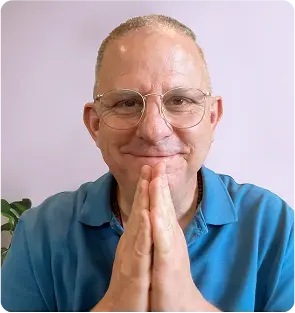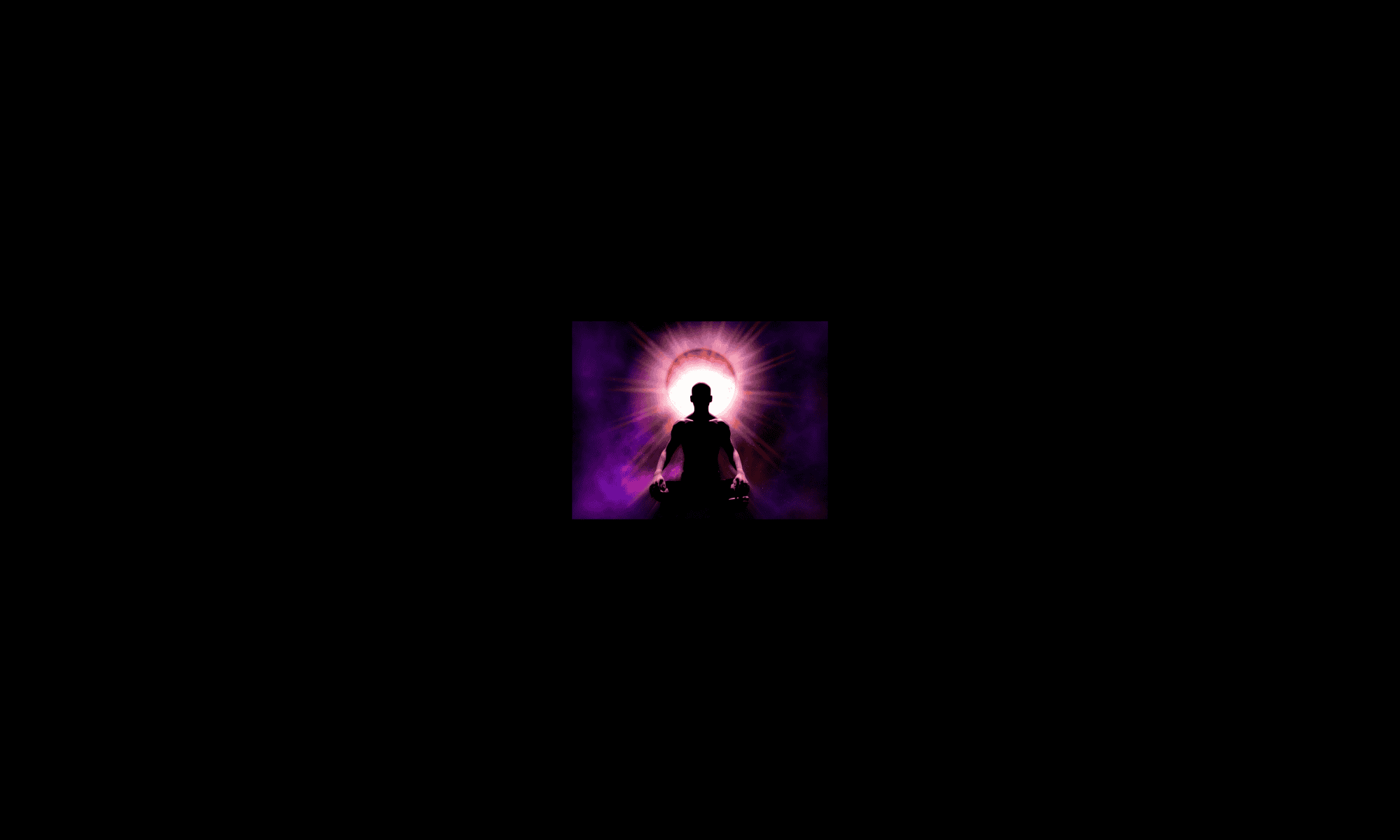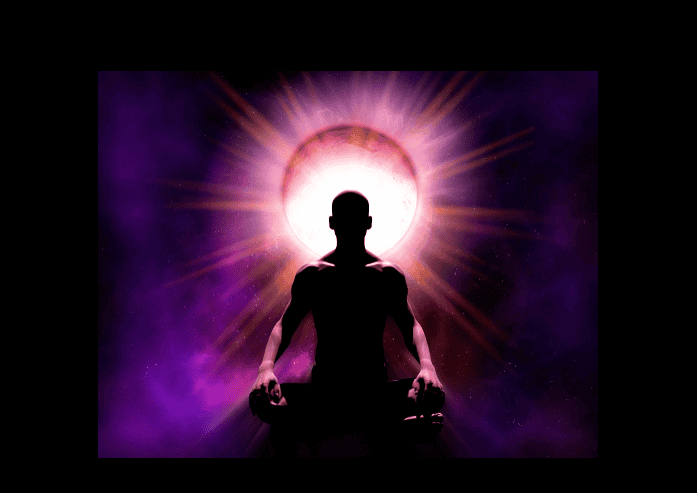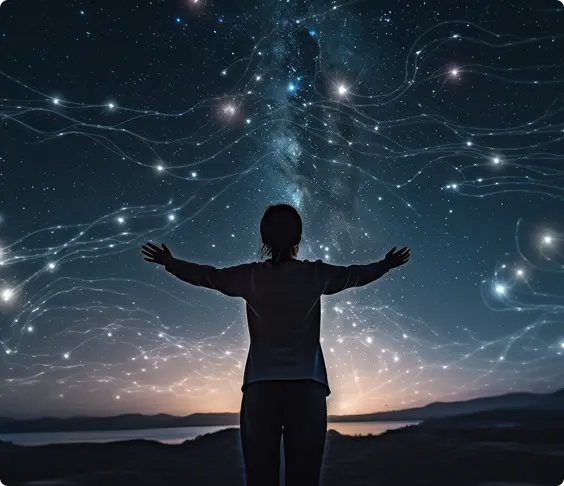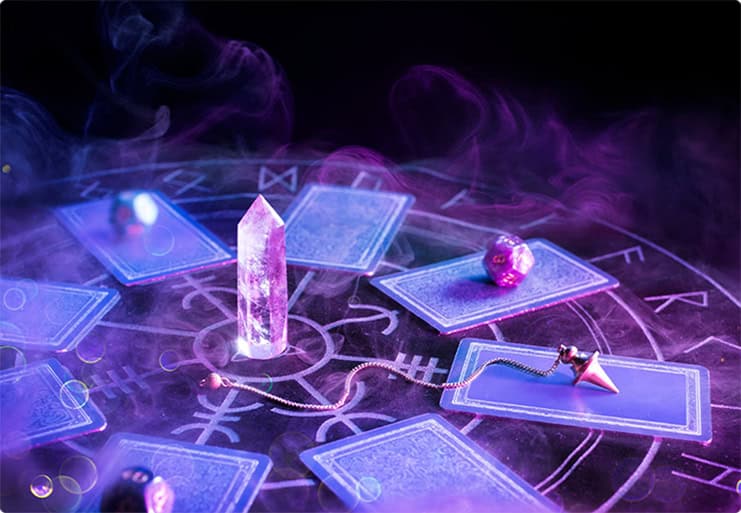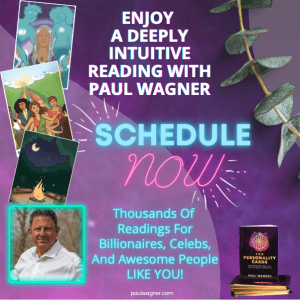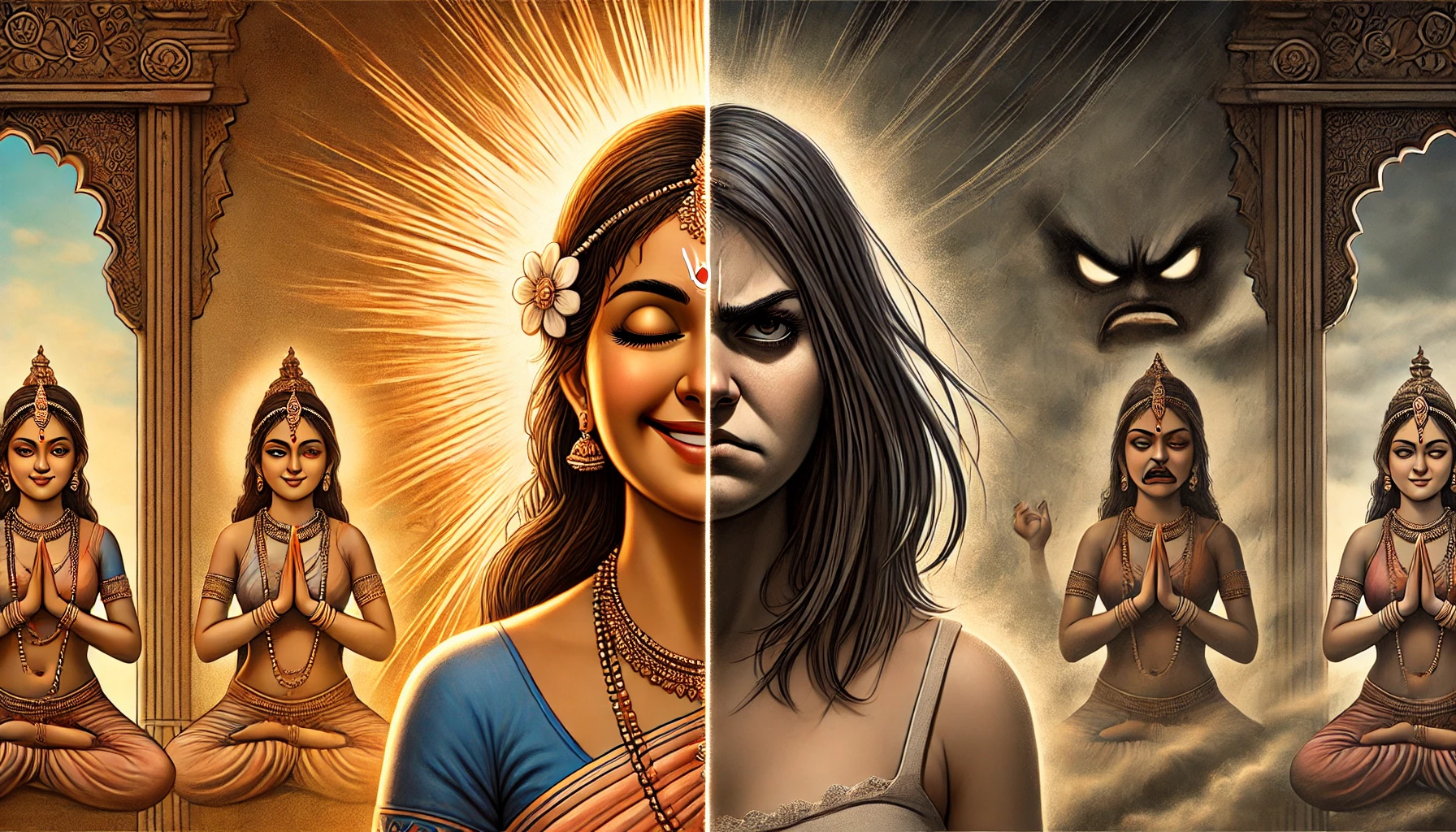
Rock-n-Roll Spirituality Beats The Pants Off The Fake Warm Fuzzy Stuff
In the shadowy depths of the human spirit, where the echoes of primal pain reverberate and invite challenges beyond imagination, lives a path not paved with the sugary melodies of Barry Manilow or the soft harmonies of The Carpenters.
To seek the pure, illuminate Self, there is no warm, fuzzy journey featuring gentle glows of light and love. If you are truly and earnestly seeking the inner and eternal master, brace yourself for an epic journey and heart-wrenching saga that rages with the intensity of a Viking odyssey – a nearly insane, tumultuous voyage into the abyss, where your desire to illuminate invites a battlefield strewn with the wreckage of our most cherished fabrications and illusions.
As we embark on this quest, amid the unrelenting barrage of pummels, scrapes, and burns, the air is not filled with the subtle chimes of fairies and mermaids – but with the electrifying riffs of Black Sabbath, the relentless energy of AC/DC, and the raw, penetrative power of Aerosmith.
These are not just background scores; they are the anthems of a soul’s flesh-consuming journey through the dark night. This path demands a ferocity of spirit, a willingness to engage in internal massacres, where every step forward is won by the sacrifice of life-size chunks of our ideologies, projections, and desires.
Once you turn the corner into the arms of the ancient teachings, nothing is sacred except the pursuit of the dissolution of all concepts, structures, and forms, all of which never existed to begin with.
Imagine the cries that erupt from the depths of our Being, and the shouts of our parallel Selves – cries so profound they ripple through spacetime, reaching the very edges of The Universe and the final destinations of our spiritual hopes and dreams.
This is the sound of the eternal soul being forged in the fires of transformation, where every belief we’ve held dear is put to the sword, and every truth we thought immutable is questioned.
What Could Go Away? What Could Go Wrong?
Embarking on a spiritual journey of profound transformation, akin to a voyage into the heart of darkness guided by the raw power of ancient wisdom and underscored by the electrifying anthems of rock legends, necessitates the dissolution and metamorphosis of deeply ingrained constructs and projections.
This path demands a ferocious confrontation with the very foundations of our identity, beliefs, and the reality we’ve constructed around ourselves. Here are specific ideas, constructs, and projections that will inevitably dissolve, disintegrate, or undergo radical transformation in the crucible of such an odyssey:
The Illusion of Control
In the relentless pursuit of spiritual awakening, the first casualty is often the ego’s illusion of control. Real-life scenarios, like facing unexpected life changes—losing a job, enduring a breakup, or confronting a health crisis—force us to recognize the futility of trying to control every aspect of our existence. This realization paves the way for surrender, a pivotal moment where we begin to accept the flow of life with humility and grace, understanding that true power lies in our response to life’s unpredictability, not in attempting to dominate every outcome.
The Myth of Permanent Happiness
Our societal obsession with chasing perpetual happiness and avoiding pain at all costs starts to crumble. The endless pursuit of pleasure and avoidance of discomfort—whether through material possessions, status, or even relationships – reveals its emptiness. Through real-life experiences of joy and sorrow, we learn that happiness is not a constant state but a fleeting moment that gains its beauty from its impermanence. This journey teaches us to embrace the full spectrum of human emotions, finding depth and meaning not just in happiness but also in sadness, loss, and the richness of the entire human experience.
The Construct of Linear Identity
The notion of a linear, unchanging identity dissolves as we delve deeper into our spiritual path. Life events such as career changes, shifts in relationships, or profound personal experiences (like travel, moments of crisis, or deep meditation) reveal the fluidity of our Selves. We come to understand that we are not fixed entities but ever-evolving beings, capable of reinventing ourselves in alignment with our deepest truths and aspirations. This realization liberates us from societal and self-imposed labels, allowing us to live more authentically.
The Dichotomy of Good vs. Evil
The journey forces us to confront our simplistic dualities of good and evil. Through encounters with our own shadows and those of others, we recognize that humanity is not split into heroes and villains but is a tapestry woven from a complex mix of virtues and vices. Real-life scenarios, such as reconciling our own failings or finding compassion for those who’ve wronged us, teach us about the non-binary nature of morality. This understanding fosters a more nuanced, compassionate approach to life and relationships, acknowledging that everyone is fighting their own hard battle.
The Projection of Fulfillment Outside Ourselves
The persistent belief that fulfillment comes from external sources – whether through accolades, achievements, or the approval of others – starts to fade. Life’s disappointments, from unmet career aspirations to unfulfilled relationships, highlight the futility of seeking validation from outside ourselves. This journey inward reveals that true contentment arises from self-acceptance, inner peace, and the pursuit of personal growth and self-realization.
As these constructs and projections dissolve, we are reborn into a state of being that embraces uncertainty, values the transient nature of Self and happiness, recognizes the fluidity of identity, understands the complexity of human morality, pushes us toward eternal virtue, and finds fulfillment within, emboldened by The Divine Self.
This transformation, though fraught with challenges, ultimately leads to a deeper, more resonant existence, rooted in the profound truths uncovered only through pain, sadness, regret, and the most electrifying and satisfying release.
Rock And Roll And The Death Of Ego
The journey through deep spiritual transformation often mirrors the intensity and raw emotion found in the lyrics of some of the harshest, hardest rock and roll bands. These bands, through their powerful music and penetrating words, encapsulate the tumultuous process of shedding old skins, confronting inner demons, and emerging renewed on the other side of suffering.
Here are lyrical quotes that resonate with the visceral ripping away, the deep releases, and the profound transcendence experienced during such transformative spiritual journeys:
Metallica – “Fade to Black”
“Life, it seems, will fade away Drifting further every day Getting lost within myself Nothing matters, no one else”
This Metallica classic speaks to the existential despair and the process of inward turning that can precede a profound spiritual awakening. The feeling of fading away from the external world can be a precursor to finding a deeper sense of self.
Black Sabbath – “Into the Void”
“Rocket engines burning fuel so fast Up into the night sky they blast Through
Embarking on a profound spiritual journey, where the soul is stripped bare and reborn, finds an unexpected reflection in the raw, unfiltered essence of hard rock and heavy metal. The lyrics from these genres often touch on themes of existential angst, personal transformation, and the cathartic release of breaking free from one’s former self.
Led Zeppelin – “Kashmir”
“Oh, let the sun beat down upon my face, stars to fill my dream I am a traveler of both time and space, to be where I have been”
This quote captures the essence of transcending physical and temporal boundaries, reminiscent of the boundless journey of spiritual awakening.
Pink Floyd – “Comfortably Numb”
“There is no pain, you are receding A distant ship, smoke on the horizon You are only coming through in waves”
Pink Floyd’s iconic song speaks to the disassociation and release from pain, akin to the detachment from ego and material concerns that occur during deep spiritual experiences.
Tool – “Lateralus”
“To swing on the spiral of our divinity and still be a human.”
Tool, known for their complex and introspective lyrics, touch on the essence of spiritual expansion while grappling with the human condition, embodying the struggle and beauty of spiritual growth.
Nine Inch Nails – “Hurt”
“I hurt myself today, to see if I still feel I focus on the pain, the only thing that’s real”
Trent Reznor’s raw exploration of pain and self-awareness mirrors the intense, often painful introspection that spiritual transformation can entail.
Iron Maiden – “Fear of the Dark”
“Fear of the dark, fear of the dark I have a constant fear that something’s always near”
Iron Maiden captures the universal fear of the unknown, a significant theme in the journey of spiritual awakening, where one must confront and move beyond deep-seated fears.
Metallica – “The Unforgiven”
“New blood joins this earth, And quickly he’s subdued. Through constant pained disgrace, The young boy learns their rules.”
Metallica delves into themes of societal conditioning and the pain of losing one’s self to external expectations, echoing the spiritual quest to rediscover and reclaim one’s true essence.
Black Sabbath – “N.I.B.”
“My name is Lucifer, please take my hand”
Black Sabbath’s flirtation with themes of darkness and redemption can be seen as a metaphor for embracing one’s shadow side, a crucial aspect of spiritual transformation.
These lyrics, while rooted in the context of rock and metal music, resonate with the universal themes of spiritual journeys: the dissolution of ego, the confrontation with inner darkness, and the eventual emergence into a state of higher awareness and understanding.
The raw energy and unapologetic honesty of these songs capture the tumultuous, often painful process of spiritual rebirth, where one is torn down to be built anew. Here’s a few more:
The Dillinger Escape Plan – Search And Destroy
“I am the end of the world. I am vengeance. I am the water that will drown you. I am the fire that will consume you.”
Gallows – In The Belly Of A Shark
“We are the kids that you never loved. We are the ones that will never grow up.”
Defeater – Bled Out
“In the quiet of the morning, I can hear the angels sing. They’re singing about me.”
Counterparts – Choke
“I’ve been digging my own grave, but I’m too scared to lie in it.”
Stick To Your Guns – We Still Believe
“We are the architects of our own destruction. We build the walls that keep us locked inside.”
Trapped Under Ice – Pleased To Meet You
“I’ve been searching for something real, but all I found was pain.”
Ram Jam – Black Betty
“Whoa Oh Black Betty! BAMBALAM! She really gets me high. She’s so rock steady. She’s always ready.”
The penetrating love and respect found in this lyric points to the intensity of relationships and our need to keep them hot and harsh. And if we’re being honest – just how impressive Black Betty is – she is the rock within us all who can withstand any storm.
Rock N Roll, The Dharma, And Advaita Vedanta
The alignment between the ancient teachings of The Dharma and Advaita Vedanta with the harshest rock and roll lyrics might not be immediately apparent, given their vastly different contexts and expressions.
However, at the heart of both lies a deep exploration of the human condition, a confrontation with our deepest fears, desires, and the ultimate quest for understanding the nature of reality and self. These themes bridge the gap between the serene, introspective world of spiritual philosophy and the raw, visceral expression found in hard rock and metal music.
The Illusion of Self (Anatta & Anātman) and Ego Dissolution
Advaita Vedanta’s concept of “Neti, Neti” (not this, not that) in discovering the true Self (Atman) aligns with rock’s exploration of identity and the disillusionment with the material world. Metallica’s “The Unforgiven” laments the loss of self to societal norms, echoing the Vedantic quest to peel away layers of illusion and societal conditioning to reveal the true Self beyond the ego.
Confrontation with Suffering (Dukkha) and the Cathartic Release
The Dharma teaches that life inherently involves suffering (Dukkha), and liberation (Moksha) comes from understanding and transcending this suffering. Bands like AC/DC with songs like “Highway to Hell” capture a rebellion against life’s trials, reflecting a raw acknowledgment of life’s suffering and the quest for freedom through the embrace of one’s path, however tumultuous.
Impermanence (Anicca) and the Transience of Existence
Rock and metal often delve into themes of death, loss, and the fleeting nature of existence, mirroring The Dharma’s teachings on impermanence (Anicca). Trapped Under Ice’s raw energy and themes of struggle and resilience can serve as a modern reflection of these ancient teachings, emphasizing the transient, ever-changing nature of the world and our experiences within it.
The Search for Ultimate Truth and Liberation
The quest for Moksha (liberation) in Advaita Vedanta through the realization of one’s true nature (Brahman) parallels the existential search in rock lyrics. The introspective journey and questioning of reality in pursuit of a deeper truth underpin both the Vedantic path and the lyrical themes explored by bands like Metallica, who often question the constructs of society, reality, and existence itself.
Sourcing Ancient Teachings in Modern Rock
To source the ancient teachings from bands like Metallica, AC/DC, and Trapped Under Ice, one must look beyond the surface-level aggression and explore the underlying themes these artists are expressing:
Reflection on the Ego and Identity: Listen for lyrics that question or critique societal norms and the constructed self, resonating with the Vedantic inquiry into the nature of the ego and the illusion of the separate self.
Acknowledgment of Suffering and the Quest for Meaning: Songs that express existential angst, confront personal demons, or explore the meaning of suffering can reflect The Dharma’s teachings on the nature of suffering and the path to transcending it.
Exploration of Impermanence: Tracks that touch on themes of change, loss, and the inevitability of death echo the Buddhist and Vedantic understanding of the impermanent nature of the world.
Rebellion as a Path to Freedom: The rebellious spirit common in rock and metal can be seen as a metaphor for the spiritual rebel who rejects societal illusions to seek a deeper, more authentic truth, much like the spiritual aspirant who seeks liberation from the cycle of Samsara.
In essence, while the expressions may differ vastly, the core themes of existential questioning, the critique of societal and personal illusions, and the quest for a deeper understanding of self and reality create a profound, if unexpected, harmony between the ancient spiritual teachings of The Dharma and Advaita Vedanta and the lyrical explorations of the harshest rock and roll bands. Through their art, these musicians unknowingly invite listeners into a space of contemplation and self-inquiry that mirrors the ancient quest for truth and liberation.
The ancient teachings of The Dharma and Advaita Vedanta do not offer us escape or solace. Instead, they are merciless in their wisdom, stripping us bare of our pretensions and leaving us exposed to the raw reality of our existence.
This journey is not for the faint of heart. It is a path where heroes are born, not from the glory of battle but from the depth of their surrender. To walk this path is to be willing to lose everything, to offer up even our most sacred self-identities to the altar of truth. It’s a process that takes from us, not in metaphorical terms, but in the very real sense of demanding sacrifices of flesh and bone. Our spiritual evolution is a process of annihilation and rebirth, a cycle of death and resurrection that leaves us fundamentally transformed.
This wild, intense odyssey is not about finding easy answers or basking in the light of unchallenged beliefs. It’s about embracing the chaos, diving headlong into the storm, and finding in the heart of darkness a kind of illumination that can never be extinguished. It’s about discovering a spirituality that is as relentless and unforgiving as it is liberating, a journey that tears us open, leaving us raw, vulnerable, and ultimately, profoundly alive.
As we traverse this rugged terrain, let us cast aside any preconceptions of spirituality as a tranquil garden of serene contemplation. Instead, we must gird ourselves for a saga of epic proportions, where the very fabric of our being is tested and transformed. In this fierce embrace of the ancient teachings, we find not just the shadows of our own making but the light of a wisdom so profound it can only be grasped on the other side of our own annihilation.
For those who dare to walk this path, the rewards are beyond measure. But be warned, this journey will change you. It will strip you of everything you thought you were and rebuild you in a form you could scarcely imagine. So, step forward if you dare, into the tempest, into the fire, into the heart of the abyss. Here, in the crucible of your own unraveling, you may just find the key to your ultimate liberation.
You will love The Shankara Oracle as it will take you deeply within yourself and connect you with your pure, divine Self.


